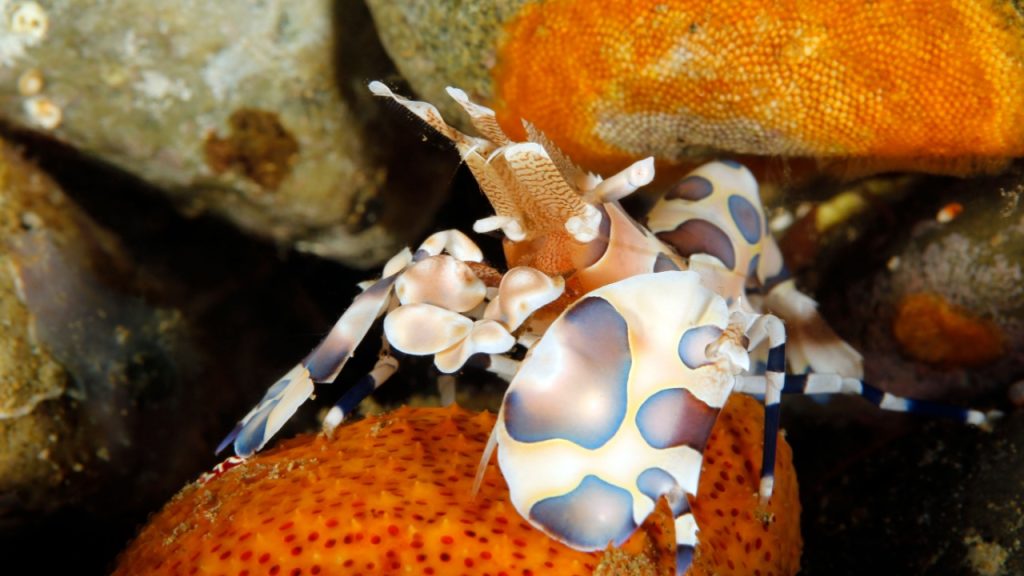Coral reefs are bustling underwater cities, teeming with life and bursting with color. These complex ecosystems are home to some of the most bizarre and fascinating creatures on Earth. From fish that can change their gender to sea slugs that photosynthesize, the coral reef is a treasure trove of weird and wonderful organisms. Some look like they’ve been plucked straight from a science fiction movie, while others have such strange behaviors that they seem almost unreal.
My visit to the coral reefs, even though I spent a great deal of time cleaning up plastics and other human-made debris, was one of the most remarkable experiences, and I hope getting just a glimpse of a few of these weirdly wonderful creatures can give you a little taste of the wonder I got to experience first-hand.
Christmas Tree Worm
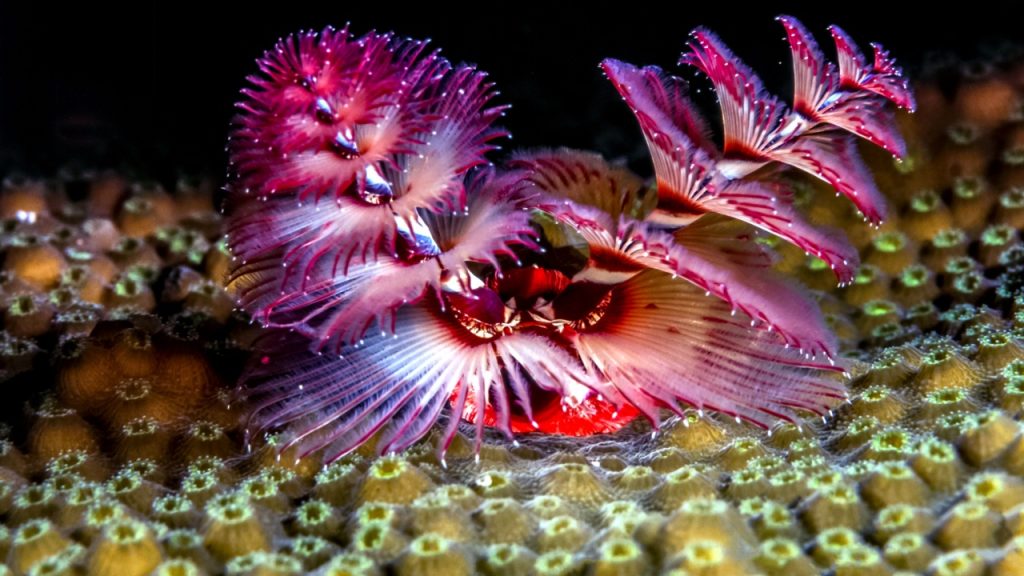
These colorful creatures look like tiny, spiral Christmas trees poking out of coral. Christmas tree worms are actually a type of segmented worm that builds a hard tube to live in. They use their feathery, tree-like appendages to catch food and breathe. When startled, they can quickly retract into their tubes for protection.
Leafy Sea Dragon
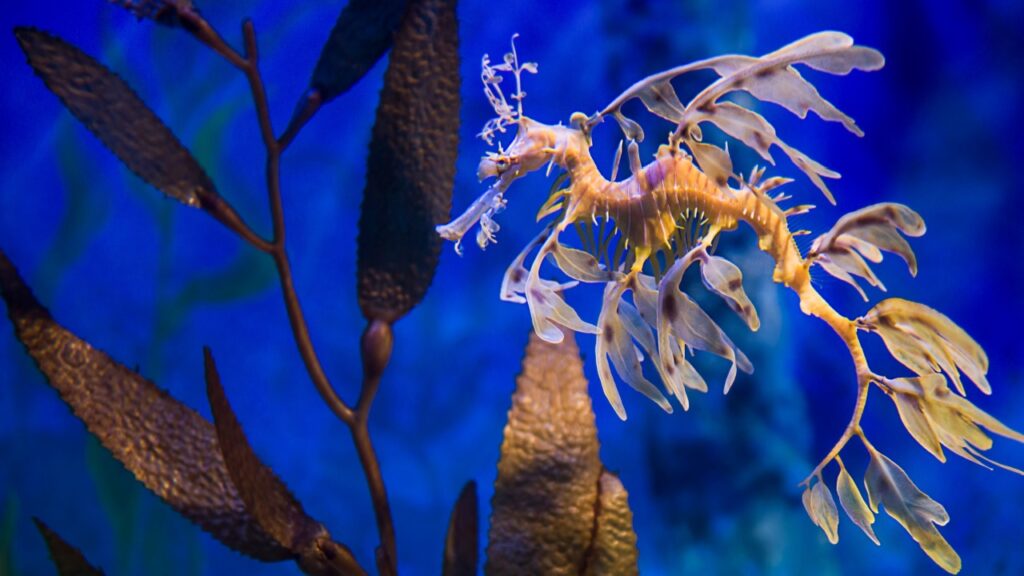
Looking like a piece of drifting seaweed, the leafy sea dragon is a master of camouflage. These relatives of seahorses have leaf-like appendages all over their bodies that help them blend in with the seaweed and kelp in their habitat. They move by gently floating with the currents, making them almost invisible to both prey and predators.
Mantis Shrimp
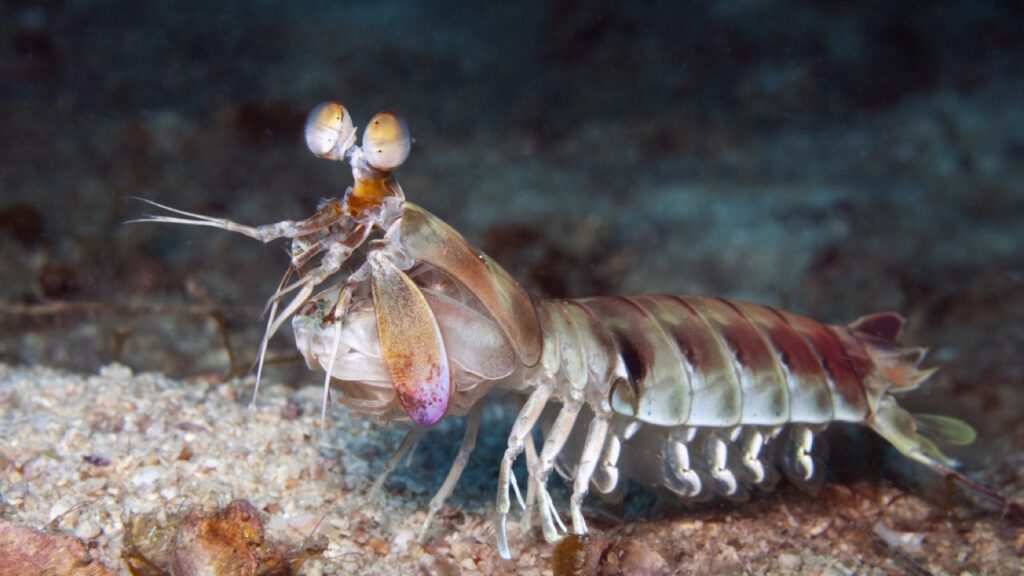
Don’t let the name fool you – mantis shrimp are neither shrimp nor mantids. These aggressive predators have incredibly fast and powerful claws that they use to smash or spear their prey. Some species can strike with the force of a .22 caliber bullet. Mantis shrimp also have the most complex eyes in the animal kingdom, able to see a rainbow of colors invisible to humans.
Blob Fish
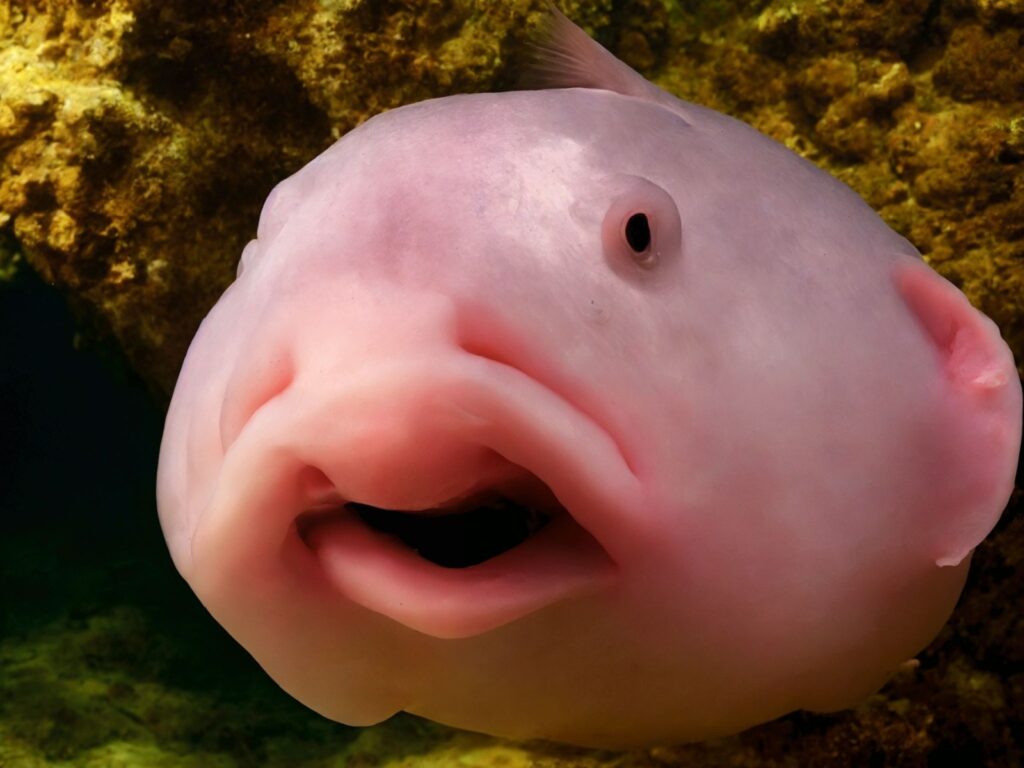
The blob fish looks like a grumpy, gelatinous blob with a big nose when brought to the surface. However, in its natural deep-sea habitat, high pressure gives it a more normal fish-like appearance. These odd-looking fish don’t have a swim bladder. Instead, their jelly-like flesh helps them stay buoyant in the deep waters at the edges of reefs.
Frogfish
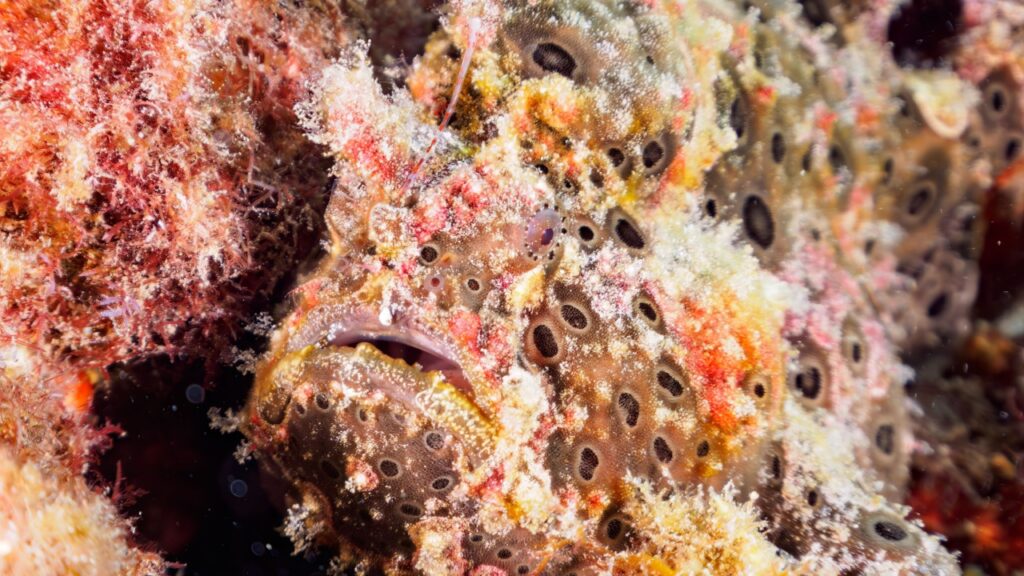
Frogfish are the masters of disguise in the coral reef. These ambush predators can change color and even grow skin appendages to match their surroundings perfectly. They have a unique lure that grows out of their head, which they use to attract prey. When a small fish gets too close, the frogfish can open its mouth and swallow it whole in milliseconds.
Blue-Ringed Octopus
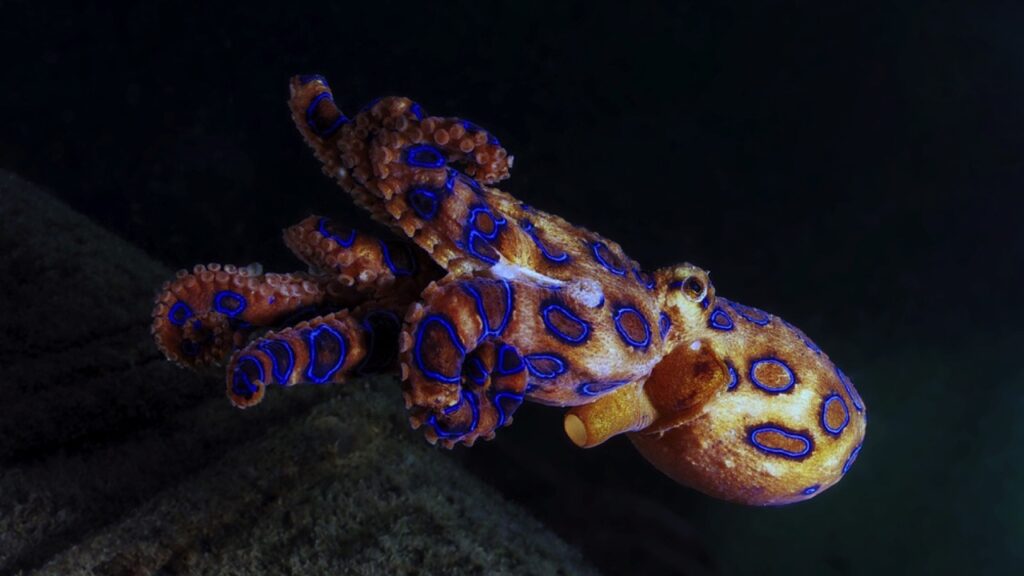
This small octopus might look cute, but it’s one of the most venomous creatures in the ocean. When threatened, it flashes brilliant blue rings all over its body as a warning. Its venom is powerful enough to kill a human in minutes. Despite their danger, blue-ringed octopuses are generally shy and only attack when provoked.
Nudibranch
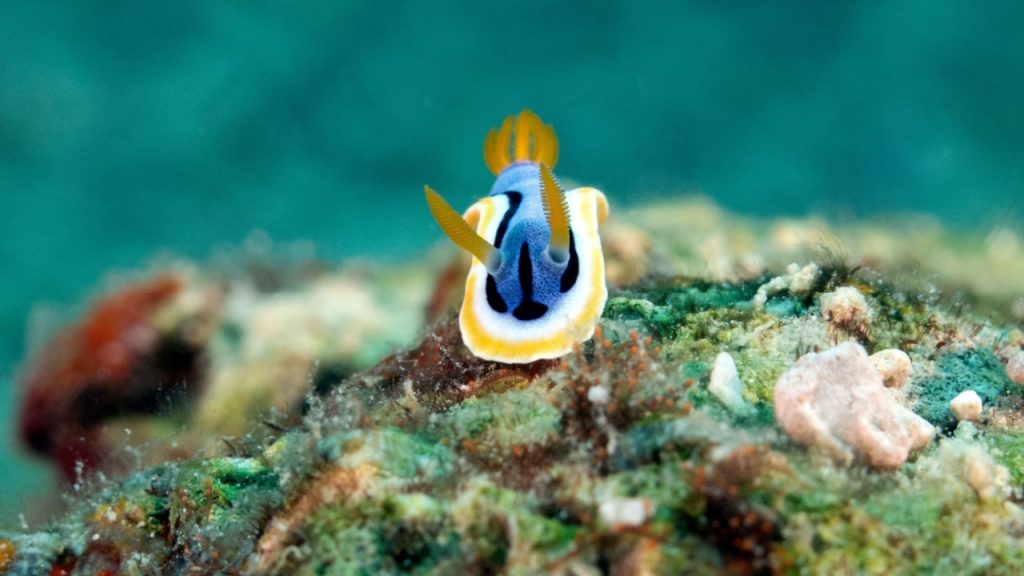
Nudibranchs, also known as sea slugs, come in a dazzling array of colors and shapes. Some look like colorful ribbons, while others resemble fluffy bunnies. Many nudibranchs eat toxic sponges and keep the toxins in their own bodies for defense. Some species can even absorb chloroplasts from the algae they eat, allowing them to photosynthesize like plants.
Stonefish
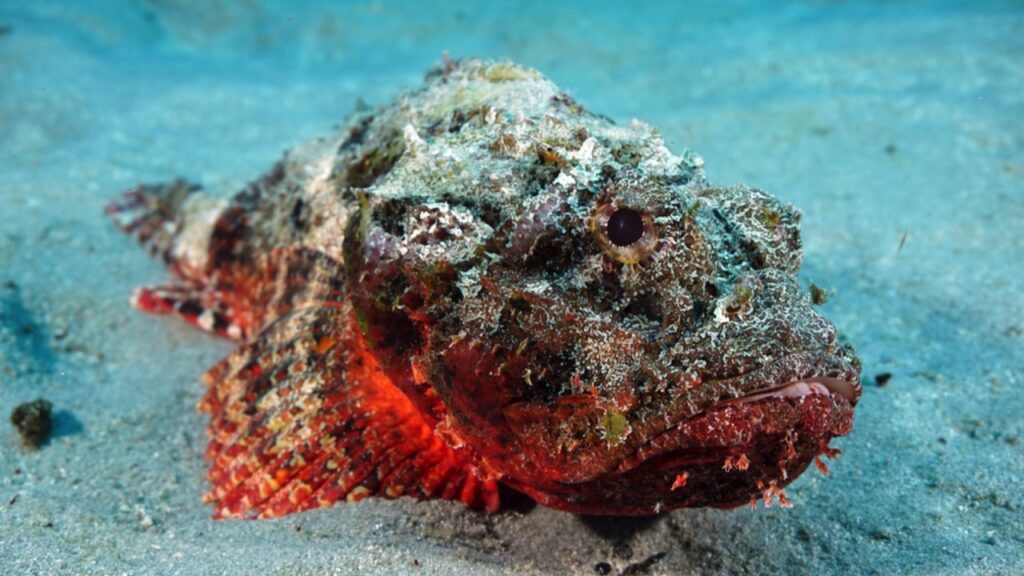
The stonefish is the most venomous fish in the world, and it’s a master of camouflage. It looks just like an algae-covered stone, allowing it to ambush prey and avoid predators. The stonefish has 13 sharp spines on its back, each containing a powerful venom. Stepping on a stonefish can be extremely painful and potentially fatal without quick treatment.
Pygmy Seahorse
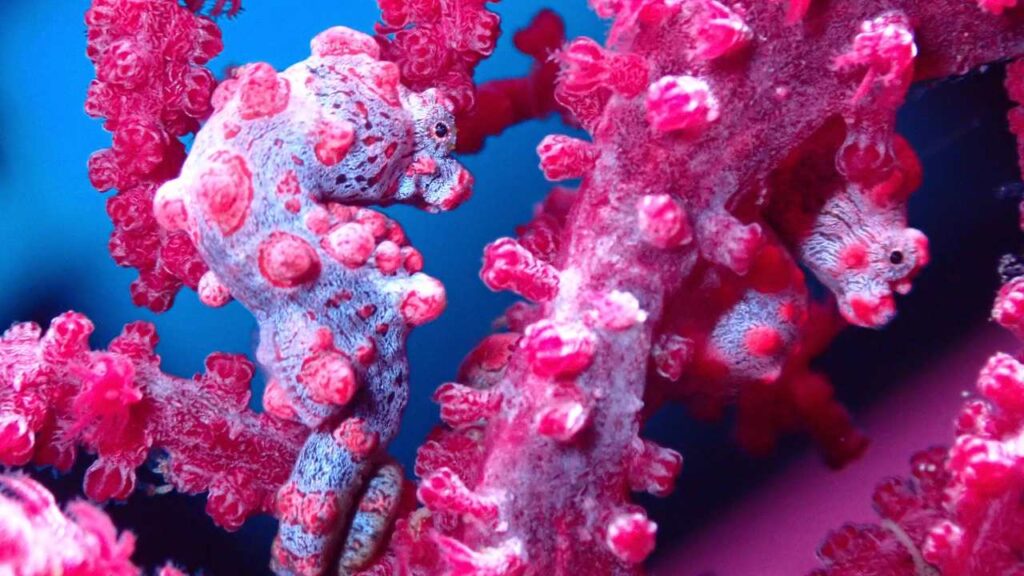
These tiny seahorses are smaller than your fingernail and nearly impossible to spot. They live exclusively on sea fans and have evolved to match their host’s color and texture perfectly. Pygmy seahorses have bony plates instead of scales and can change color to blend in even better. They’re so well camouflaged that they weren’t discovered until 1969.
Flamingo Tongue Snail
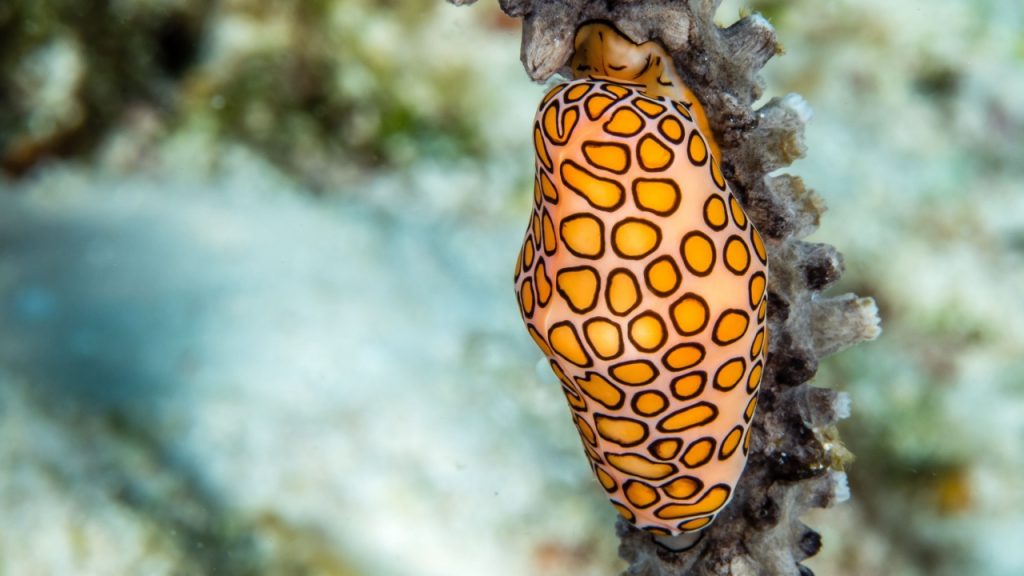
Despite its name, this snail isn’t pink. The flamingo tongue snail’s bright colors come from the soft tissue that covers its shell when it’s alive. This tissue is retracted when the snail is disturbed, revealing a plain white shell. These snails feed on toxic sea fans, storing the toxins in their bodies to deter predators.
Harlequin Shrimp
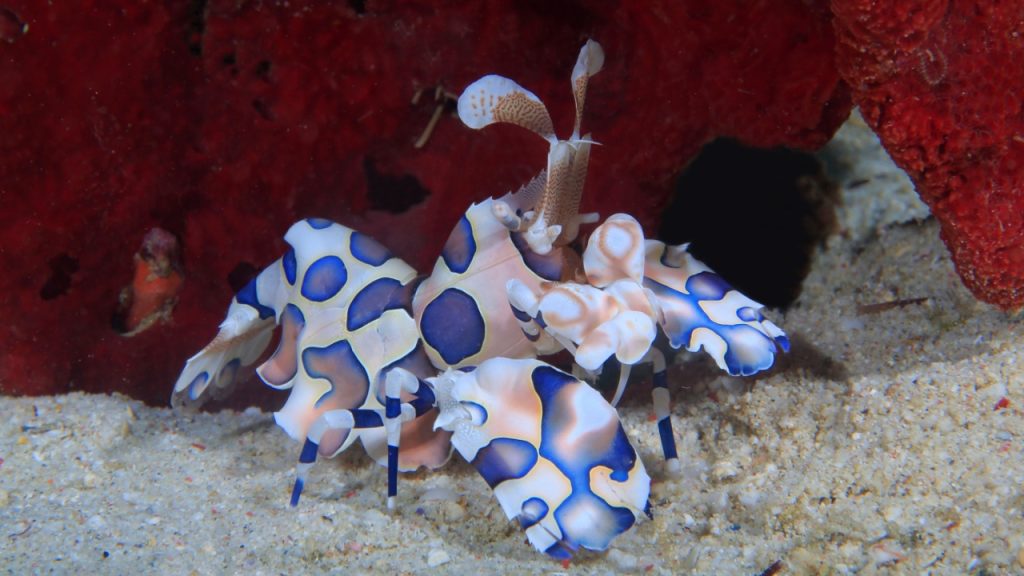
These beautiful shrimp have a dark secret – they feed exclusively on starfish. Harlequin shrimp hunt in pairs, flipping over starfish and slowly eating them alive over several days. They even herd injured starfish back to their dens to keep as a living larder. Despite their gruesome eating habits, harlequin shrimp are popular in the aquarium trade due to their striking colors.
Bobbit Worm
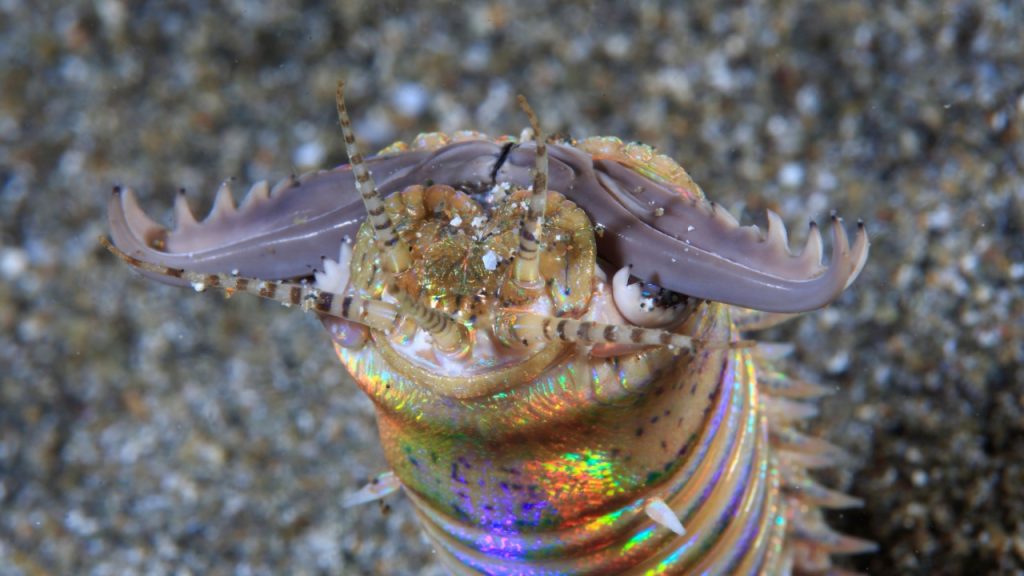
The bobbit worm is the stuff of nightmares. This meter-long worm hides in the sand with only its antennae visible. When prey swims by, it explodes from its burrow with lightning speed, grabbing the unfortunate victim with powerful jaws. Bobbit worms have been known to cut fish in half with their sharp mandibles and can even take on prey much larger than themselves.
Crinoid
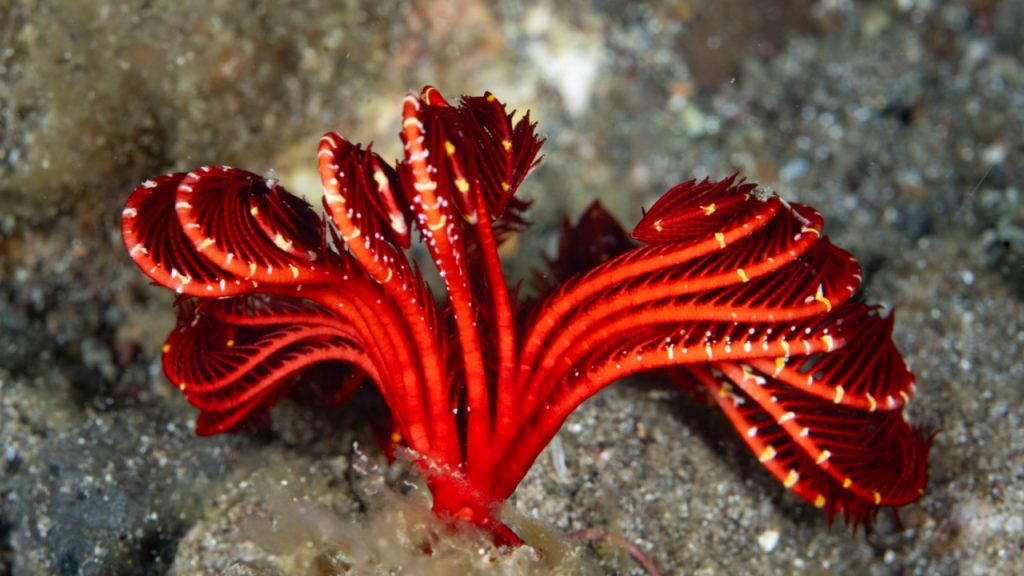
Crinoids, also known as feather stars, look more like plants than animals. These ancient creatures have been around for 500 million years. They have feather-like arms that they use to catch plankton floating by. Some species can swim by coordinating their arms in a graceful, otherworldly dance.
Sarcastic Fringehead
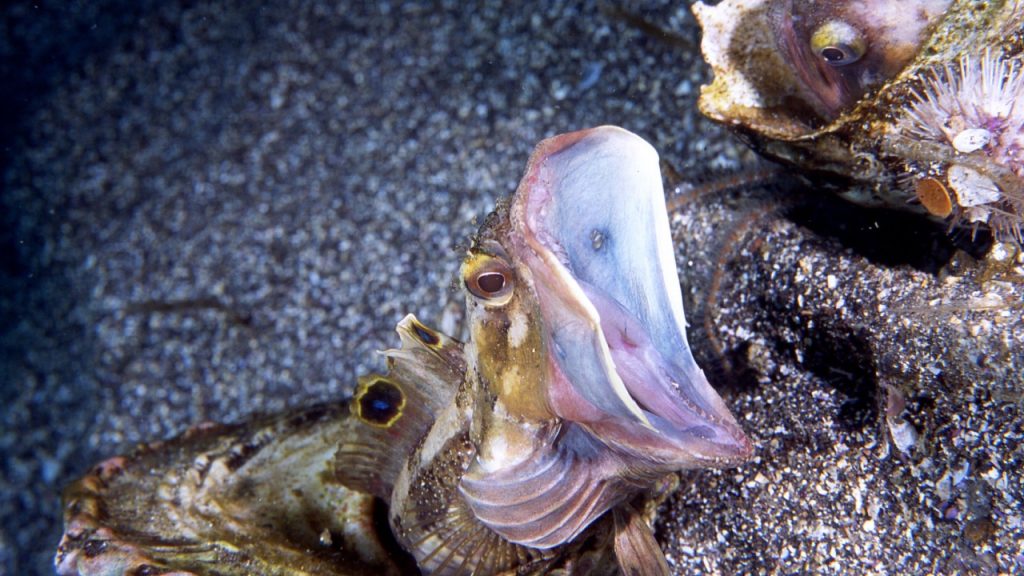
Despite its funny name, the sarcastic fringehead is no joke. These small fish are extremely territorial and will fight fiercely to defend their homes. When threatened, they open their mouths incredibly wide, revealing a brightly colored inner mouth. Two fringeheads will often “kiss” by pressing their open mouths together to determine who is larger and therefore dominant.
Flatworm
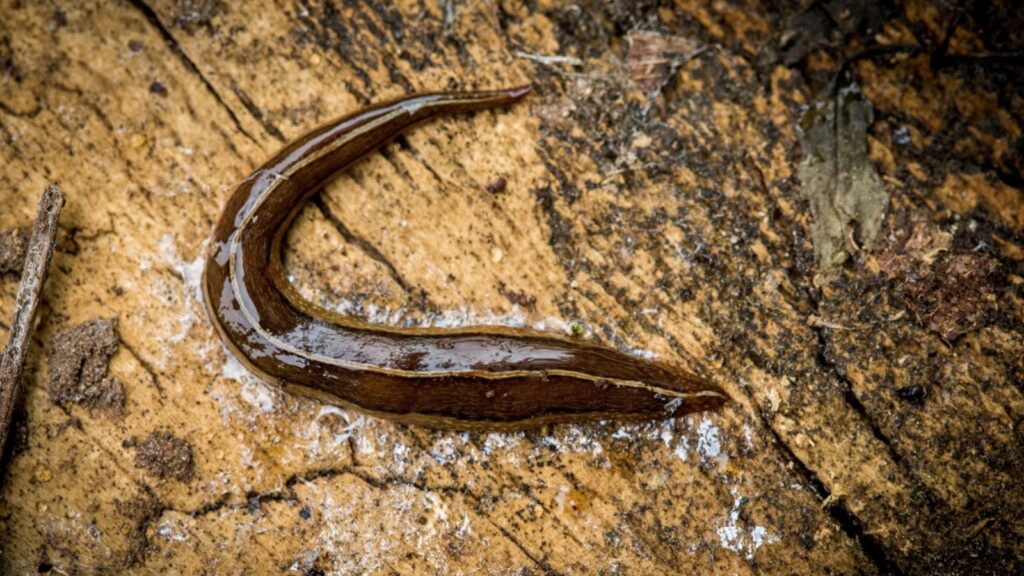
Coral reef flatworms come in a mind-boggling variety of shapes and colors. Some are so thin they’re practically transparent, while others are decorated with psychedelic patterns. These simple animals have no blood or circulatory system. Instead, oxygen simply diffuses through their flat bodies. Some species of flatworm can even regenerate into two separate animals if cut in half!

